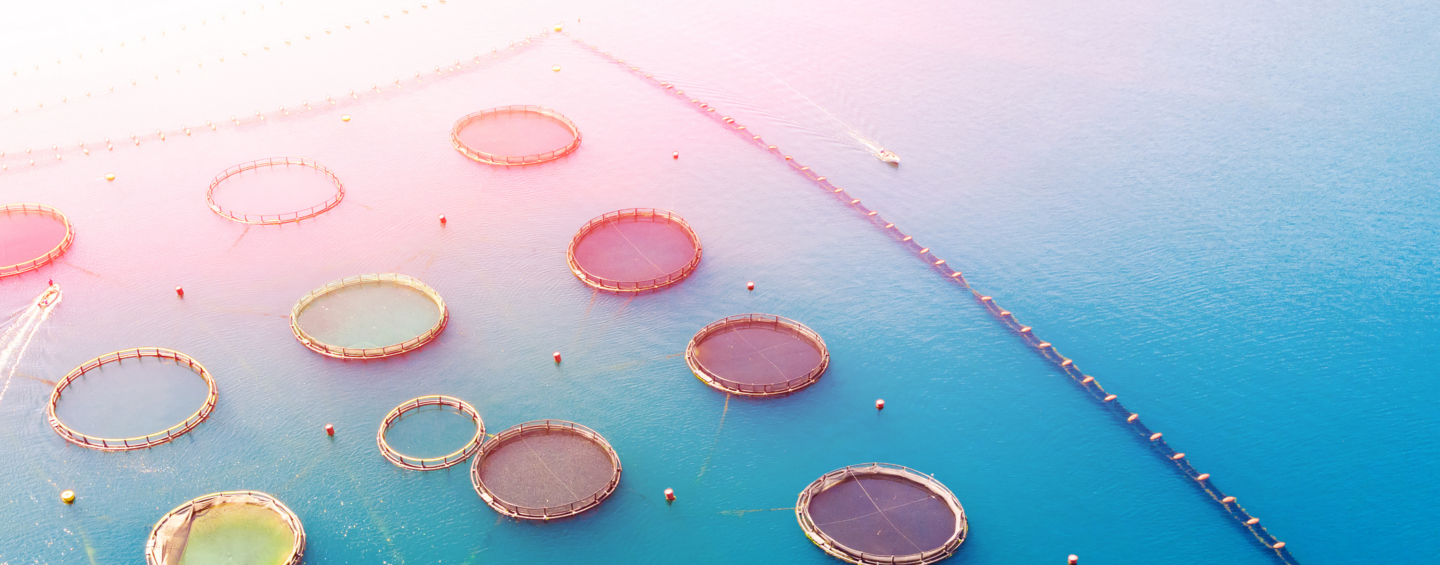As we head into 2016, one of the key areas SFP hopes to focus on in aquaculture is promotion of the concept of zonal aquaculture – that is, getting multiple farming operations, even those run by competing companies, to work together to tackle shared disease risks that continue to plague the industry and make sure shared resources such as waterways aren’t contaminated by common discharge.
With growing global demand for farmed seafood, it’s easy for an expanding sector to become too dense for its own good, and we saw evidence of some of the dangers of that in China’s mariculture industry, as reported this week by Mark Godfrey on SeafoodSource.
Godfrey cited a report by a Chinese company that makes vitamins and other medicines for China’s aquaculture sector. The report paints a grim picture of declining demand for high-end farmed seafood, and Godfrey noted that it’s putting even more pressure on an industry that is facing corporate and governmental mandates to expand. The industry there has already set aside plenty of space, both along the coast and inland, for more aquaculture production.
Doubtless some of those operations are located in close proximity, which means they’ll be sharing the same waterway or ocean water resource. On top of risks from other farms comes a risk that a less-sustainable business could contaminate the very resource – water – that the farms need.
Anton Immink, SFP’s aquaculture director, told me, “It’s obvious that farms don’t operate in isolation, so management approaches need to be coordinated too, especially when one bad operator can impact a whole area of producers.”
To be fair, this problem is not endemic to China – Late last year, a collection of Vietnamese pangasius farmers petitioned the local government to do something to stop pollution of a river all the farmers were sharing, pollution that was leading to the deaths of thousands of fish (Granted, that pollution was coming from a processing plant, not one of the farms). Let’s also not forget the ISA outbreak in the not-too-distant past in Chile, which many experts blamed in part on too many farms packed too closely together, all due to an industry that expanded too far too fast.
A zonal approach is one way to stop these problems before they start. Just as individual fishing boats and fishing companies pay attention to the resource they all share – in that case, a common fish stock – seafood farmers need to consider the water they occupy is a common resource, too. Like a proper, sustainable fishery, aquaculture operations need to consider the big picture, and they need to do it now, especially as the industry is destined for continued growth, before poor regional management ruins production for everyone.
To learn more about zonal aquaculture, contact Anton Immink.

